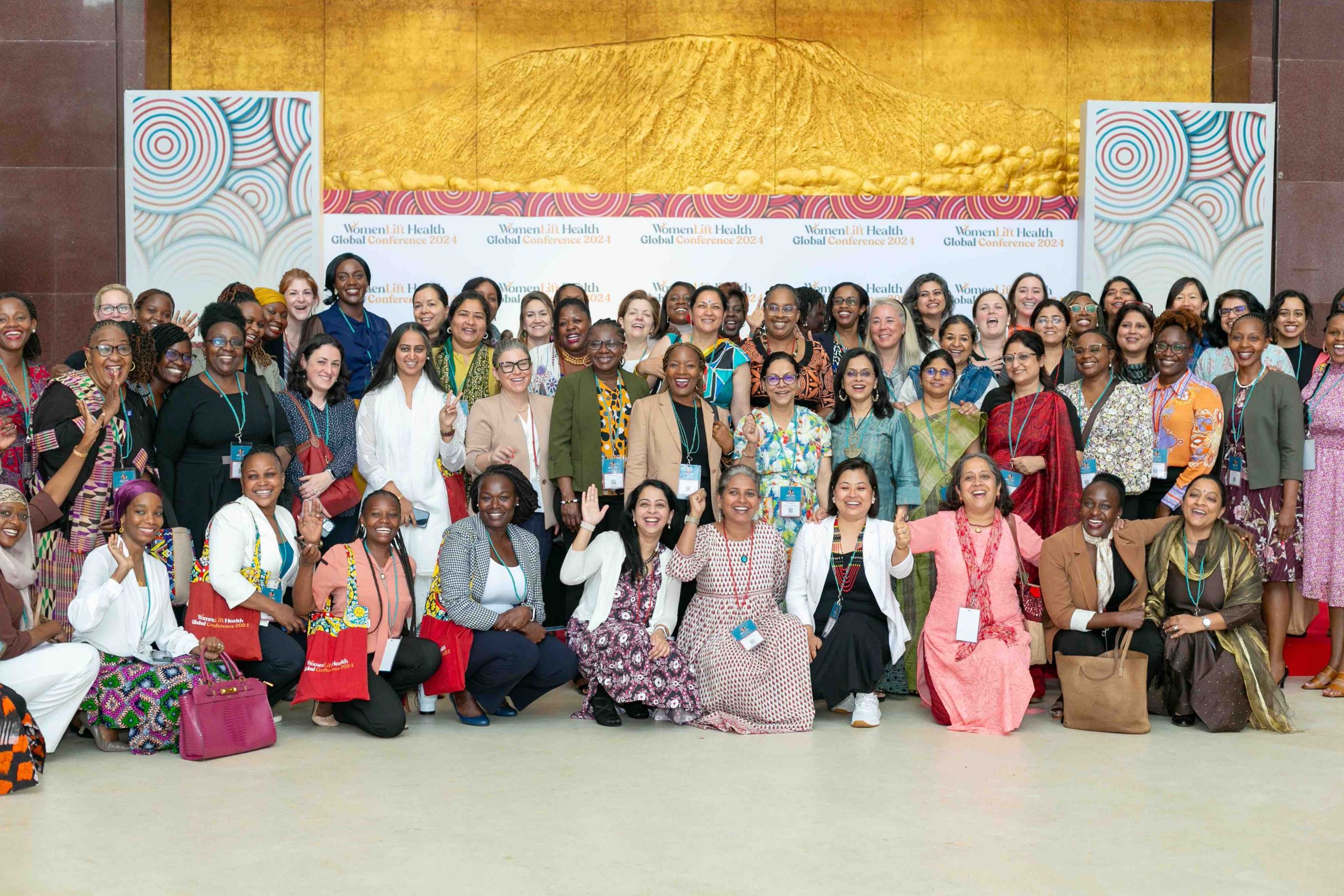While it’s important to have benchmarks, we also need to focus on affirming people’s rights, making services available to everyone, and ensuring that beneficiaries are treated with respect by their providers and the healthcare system.
In the wake of attacks on sexual and reproductive heath and rights (SRHR) in the United States, we were inspired by the Blueprint for Sexual and Reproductive Health, Rights, and Justice. More than 80 SRHR organizations designed the Blueprint for a future where every person’s sexual and reproductive health is protected by law and treated with respect and care.
Reliable funding for health initiatives for person-centric care are needed in the US and abroad. While it’s been heartening to see the global commitment building around Universal Health Coverage, we’re concerned about lagging funding levels, from donors and domestic payers, and to see the US – one of the biggest sources of health financing – playing politics with foreign aid.
Ensuring rights-based care means that currently underserved populations, like youth, obtain needed health services. This blog post from PSI on the Adolescents 360 project provides insight into why young people don’t access reproductive health care and family planning, and how access can be improved. It’s a great example of using a person-centric approach for improved health outcomes.
We love these tools from Sesame Street that help kids cope with parental substance use in age-appropriate ways. These resources set the tone for how compassionate care that brings stigmatized issues into the light are critical for helping us tackle substance use disorders.



